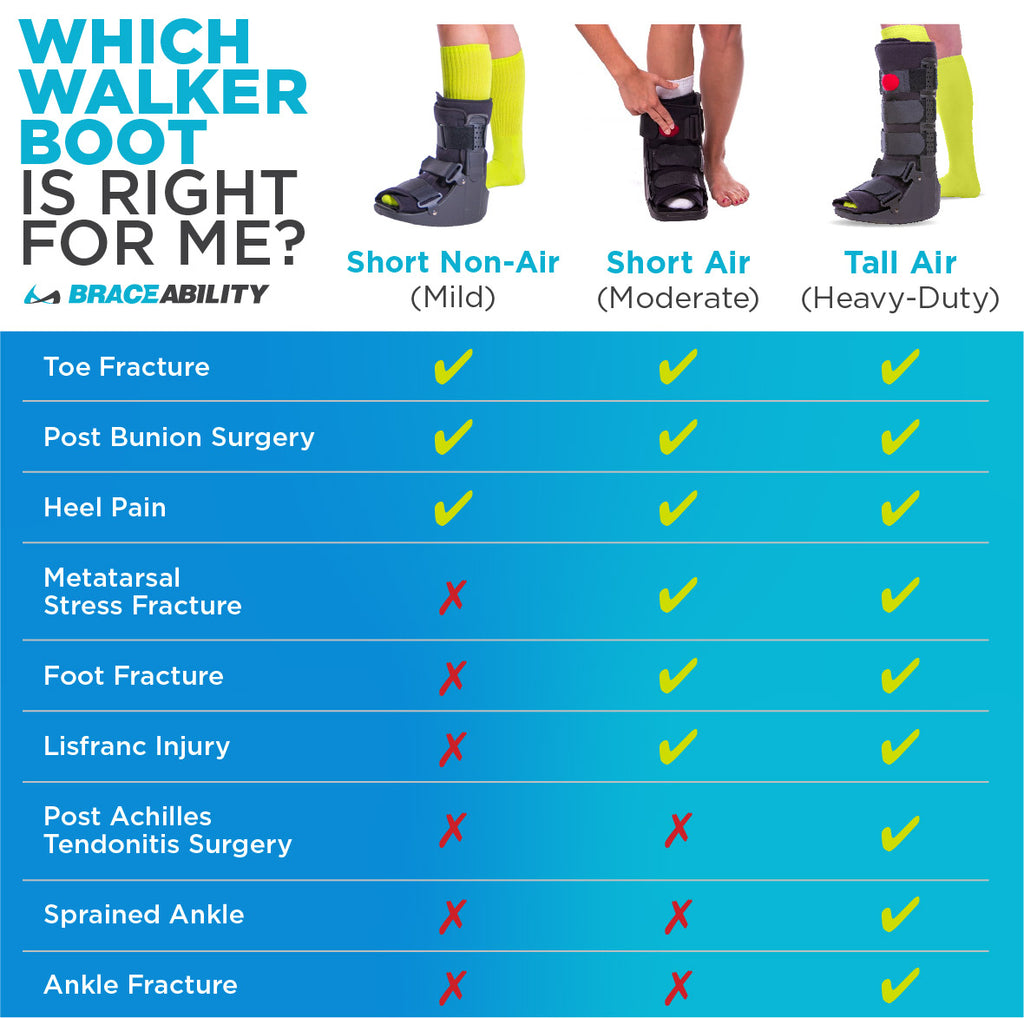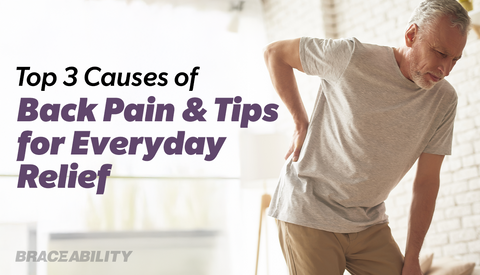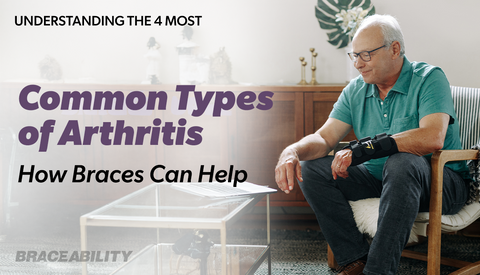Which Walker Boot is Right for Me?
Choosing between the right features for your medical boot isn't the most glamorous accessory to choose from, but is very essential in your healing process. So which orthopedic walking boot is best? There are many considerations you must look at before buying the right product for your specific type of injury. Depending on the location or severity of your injury, a tall cast boot may be ideal compared to a short cam boot. Also, an air pump may be an important feature to add to your boot to help with the swelling.

Have a foot problem that isn't listed? Learn more about common foot injuries and disorders.
Short vs Tall Walking Boots:
Tall Walking Boots:- Usually worn for acute ankle sprains, stress fractures of the lower leg, soft tissue injuries of the lower leg, and stable fractures of the foot or ankle.
- Allow support for immobilization of the leg compared to the short medical boots.
- Used post-surgery and provide support, protection, and essentially immobilization of the leg.
- Help speed up the healing process and can ease the foot into the stages of bearing more weight after the initial injury.
- Mostly used for postoperative foot surgery, metatarsal and digital fractures, and soft tissue trauma of the foot and ankle.
- Convenient for not as severe injuries that do not need as much support, avoid irritation of the shin.
To help with circulation in the foot during your time in a cam walker, pair your boot with our sock liners to speed up your recovery!
Avoid further injury—preventing knee, hip, and back pain—due to leg length discrepancy when wearing a medical shoe with the Evenup Shoe Balancer. The Evenup is the easy way to “even up” leg length from your hip to the sole of your foot, making walking with a shoe safe and pain free.
Aircast vs Non-Air Walking Boots:
Air Pump Feature: Inflates an air bladder to the needed compression for increased stabilization of your injury.- This extra feature ultimately helps accommodate swelling that occurs during the healing process.
- Swelling can be controlled by using extra compression and elevation.
- The air boot allows you to adjust the level of compression that is pumped into the boot, giving you the ability to choose the comfort level during each phase of your recovery.
- Helps by contouring around the leg and reducing the movement within the boot.
- More expensive, but helps with comfort.
Which Size Medical Walking Boot Do I Need?
If you are 6-foot tall or taller, you should always opt for a tall walking boot. Short boots will not provide adequate support or protection for long legs.
Still unsure about which boot to choose for your injury? Check out all of our available walker boots.












